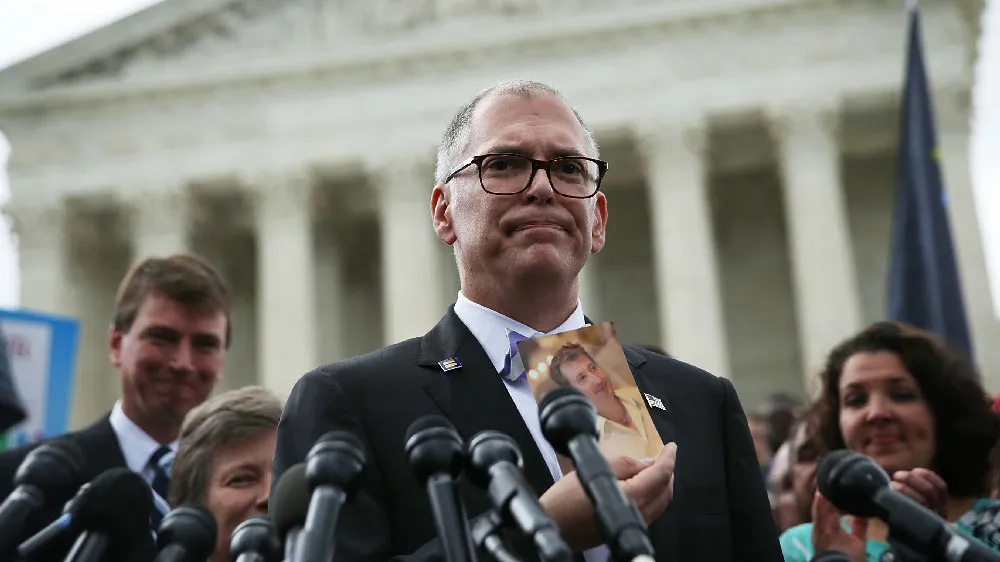July 28, 2016
On World Hepatitis Day, Get Tested and Demand Treatment
EDGE READ TIME: 4 MIN.
World Hepatitis Day, is an opportunity to step up national and international efforts on hepatitis and urge partners and Member States to support the roll-out of the first Global Health Sector Strategy on viral hepatitis for 2016-2021, which was approved during the Sixty-ninth World Health Assembly in May 2016.
World Hepatitis Day is recognized annually on July 28, the birthday of Dr. Baruch Blumberg (1925-2011). Dr. Blumberg discovered the hepatitis B virus in 1967 and two years later developed the first hepatitis B vaccine and for these achievements won the Nobel Prize.
The new strategy introduces the first-ever global targets for viral hepatitis. These include a 30 percent reduction in new cases of hepatitis B and C, and a 10 percent reduction in mortality by 2020.
Viral hepatitis is caused by infection of one of five viruses: hepatitis A, B, C, D or E. All hepatitis viruses can cause inflammation of the liver, and chronic hepatitis B and C can lead to cirrhosis and liver cancer. Viral hepatitis is a major global health threat with around 240 million people living with chronic hepatitis B and up to 150 million people living with chronic hepatitis C.
Key approaches will be to expand vaccination programs for hepatitis B; focus on preventing mother-to-child transmission of hepatitis B; improve injection, blood and surgical safety; "harm reduction" services for people who inject drugs; and increase access to diagnosis and treatment for hepatitis B and C.
In order to raise awareness of this hidden epidemic, the World Health Assembly and the President of the United States have designated July 28 as World Hepatitis Day.
Organizations around the world, including the World Health Organization (WHO) and CDC, use World Hepatitis Day to raise awareness of the problem and what needs to be done to strengthen efforts in prevention, screening and control of viral hepatitis. They call on policy-makers, health workers and the public to "Know hepatitis -- Act now."
The WHO urges them to inform themselves about the infection, take positive action to know their status by getting tested, and finally seek treatment to reduce needless deaths from this preventable and treatable infection.
Worldwide, viral hepatitis is among the top 10 infectious disease killers with more than one million people dying each year from chronic viral hepatitis. These deaths are primarily from cirrhosis or liver cancer caused by hepatitis B and hepatitis C. In fact, chronic hepatitis B and chronic hepatitis C cause approximately 80 percent of the world's liver cancer.
Many of those who are chronically infected are unaware of their infection. People can live with chronic viral hepatitis for decades before having symptoms or feeling sick. So even though a person has no symptoms and may appear healthy, damage to their liver can still be occurring.
The good news is hepatitis A and hepatitis B can be prevented with safe, effective vaccine. Over the last several decades in the U.S., there has been more than a 90 percent decrease in hepatitis A cases, and many experts believe this decline is due to vaccination of children and people at risk for hepatitis A. In many parts of the world, widespread infant vaccination programs have led to a decrease in new cases of hepatitis B. There is currently no vaccine to prevent hepatitis C, but research is ongoing.
So On World Hepatitis Day:
Know hepatitis - Are you at risk?
Know hepatitis - Get tested
Know hepatitis - Demand treatment
For more information, visit http://www.cdc.gov/hepatitis/worldhepday.htm or http://worldhepatitisday.org/


